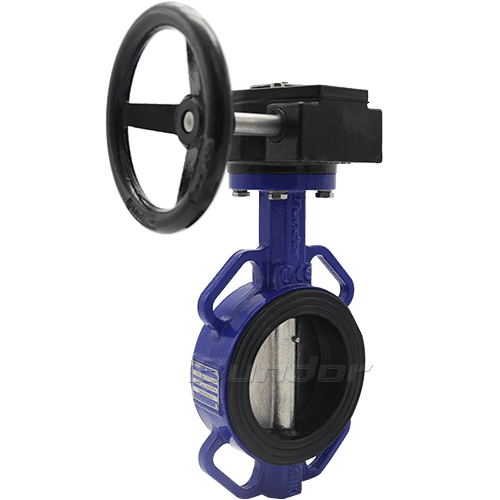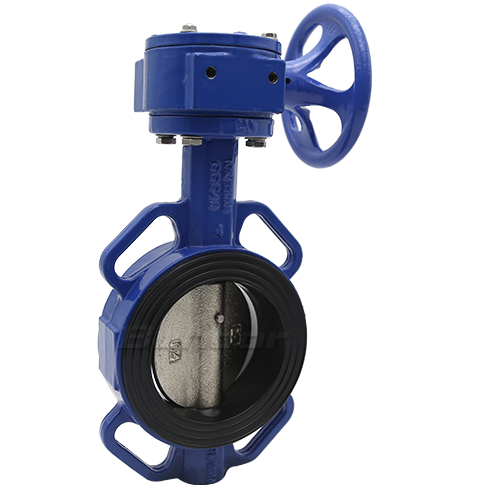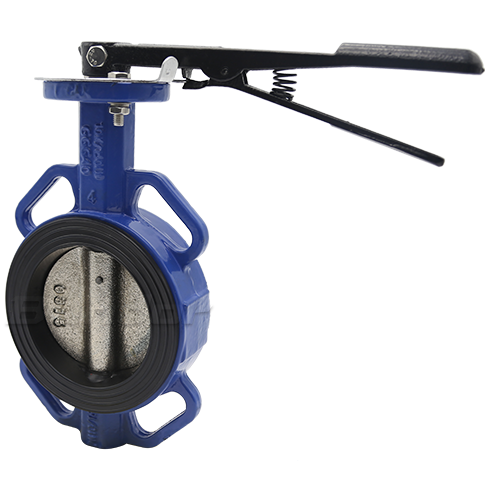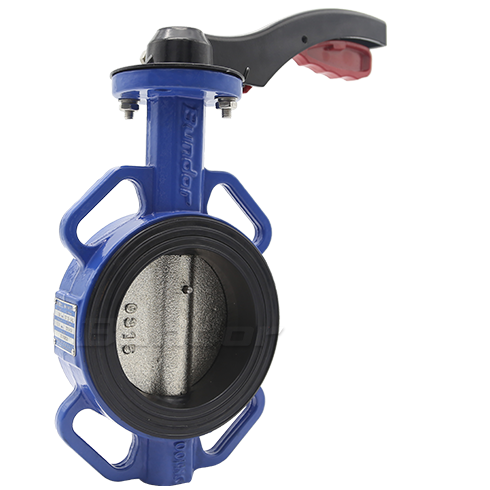1. During the working process of the butterfly valve, it is necessary to perform the full-opening and full-closing operation periodically to maintain the flexible lubricity of each part of the valve and avoid rusting.
2. When closing the butterfly valve, if the closing is not strict, you can first fully open the butterfly valve again, use the pressure of the fluid in the pipeline to remove the impurities on the inner wall of the valve, and then close the valve again.
3. Filter the impurities in the pipeline as much as possible, so as not to squeeze the sealing surface when the butterfly valve is closed, so that the valve cannot be completely closed, leakage occurs, and safety hazards are caused.
4. The opening state of the disc of the butterfly valve should be greater than 15°, that is because if the butterfly valve is in a state with a large throttling range, the back of the disc is prone to cavitation, and the valve is at risk of being damaged.
5. When the butterfly valve is in the middle opening, the operating mechanism needs to be self-locking.
6. To prevent mechanical damage to the butterfly valve, do not let the sediment, chemical substances, humid gas and other substances in the air erode the valve and affect the quality of the valve.
7. Parts of the working interface of the butterfly valve, such as threads, bearings, gears, etc., should be lubricated regularly.








